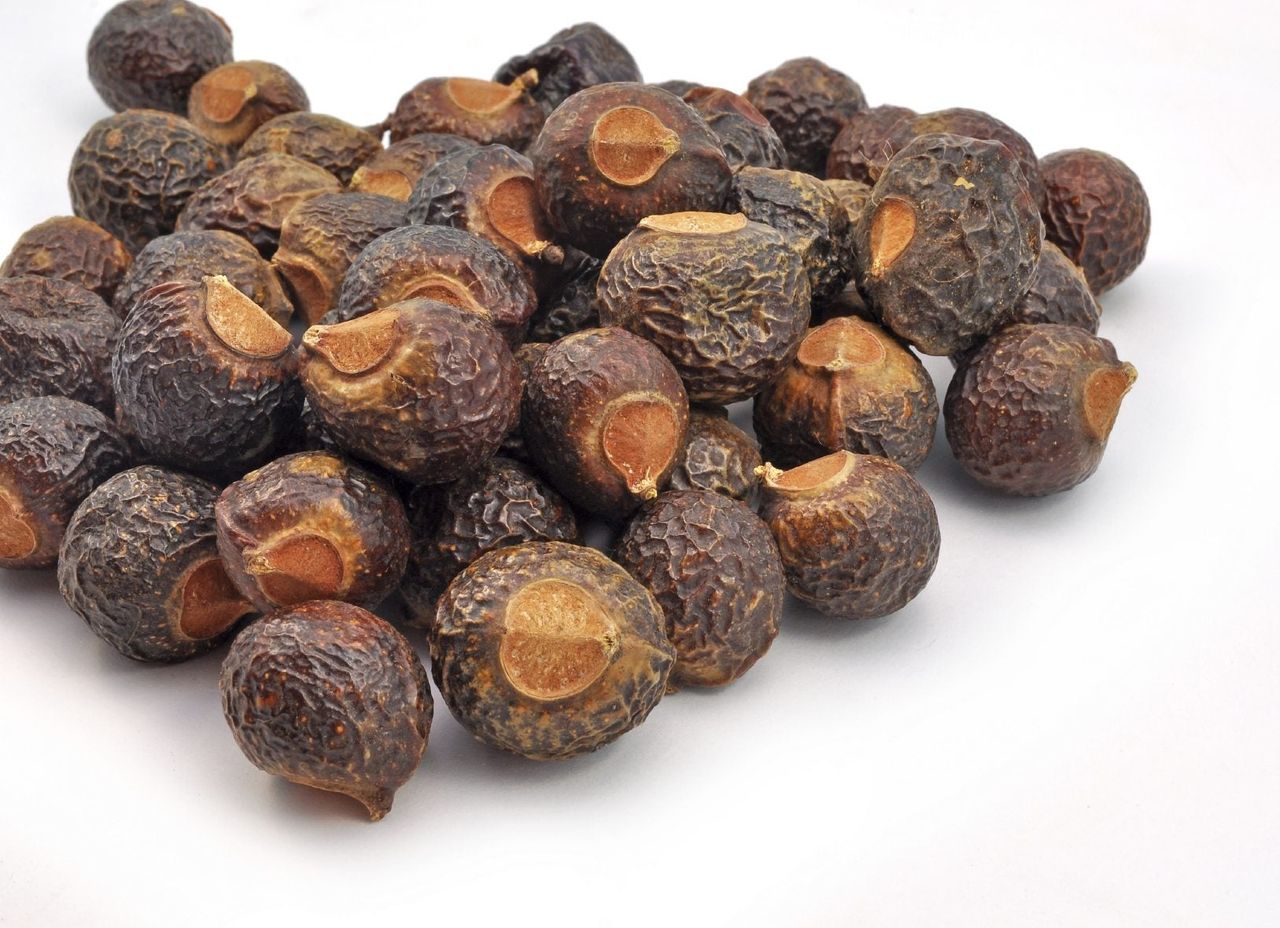What Is A Soapberry Tree: Learn About Soapberry Tree Growing And Uses


What is a soapberry tree and how has the tree earned such an unusual name? Read on for more soapberry tree info, including uses for soapnuts and tips for soapberry tree growing in your garden.
Soapberry Tree Info
Soapberry (Sapindus) is a moderate sized ornamental tree that reaches heights of 30 to 40 feet (9-12 m.). Soapberry trees produce small, greenish white flowers from fall through spring. It's the orange or yellow soapnuts that follow the blooms, however, which are responsible for the tree’s name.
Types of Soapberry Trees
- Western soapberry grows in Mexico and the southern United States
- Florida soapberry is found in the region extending from South Carolina to Florida
- Hawaii soapberry is native to the Hawaiian Islands.
- Wingleaf soapberry is found in the Florida Keys and also grows in Central America and the Caribbean Islands.
Types of soapberry trees that are not found in the United States include three-leaf soapberry and Chinese soapberry. While this tough tree tolerates poor soil, drought, heat, wind, and salt, it won’t tolerate frosty weather. Consider growing this tree if you live in the warm climates of USDA plant hardiness zone 10 and above.
Growing Your Own Soapnuts
Soapberry trees require full sunlight and thrive in nearly any well-drained soil. It is easy to grow by planting seeds in summer. Soak the seeds for at least 24 hours, then plant them in a small container at a depth of about an inch (2.5 cm.). Once seeds germinate, move the seedlings to a larger container. Allow them to mature before transplanting them into a permanent outdoor location. Alternatively, plant the seeds directly in the garden, in rich, well-prepared soil. Once established, it requires little care. However, young trees benefit from pruning to create a sturdy, well-shaped tree.
Uses for Soapnuts
If you have a soapberry tree growing in your garden, you can create your own soap! The saponin-rich soapnuts create quite a lather when the fruit is rubbed or sliced and mixed with water. Native Americans and other indigenous cultures throughout the world have used the fruit for this purpose for centuries. Other uses for soapnuts include natural insecticides and treatments for skin conditions, such as psoriasis and eczema.
Gardening tips, videos, info and more delivered right to your inbox!
Sign up for the Gardening Know How newsletter today and receive a free copy of our e-book "How to Grow Delicious Tomatoes".

A Credentialed Garden Writer, Mary H. Dyer was with Gardening Know How in the very beginning, publishing articles as early as 2007.
-
 Best Tomatoes For Containers: 10 Tastiest Varieties For Plentiful Produce In Compact Areas
Best Tomatoes For Containers: 10 Tastiest Varieties For Plentiful Produce In Compact AreasThese are the best tomatoes for containers that prove you don't need to have a large space or elaborate garden to grow delicious produce.
By Bonnie L. Grant
-
 Ultimate Potted Flowers For Spring: 8 Brilliant Blooming Options for Spring Containers
Ultimate Potted Flowers For Spring: 8 Brilliant Blooming Options for Spring ContainersCelebrate the most uplifting of seasons with the most dazzling container flowers imaginable. Here, we present some of the loveliest potted flowers for spring…
By Tonya Barnett